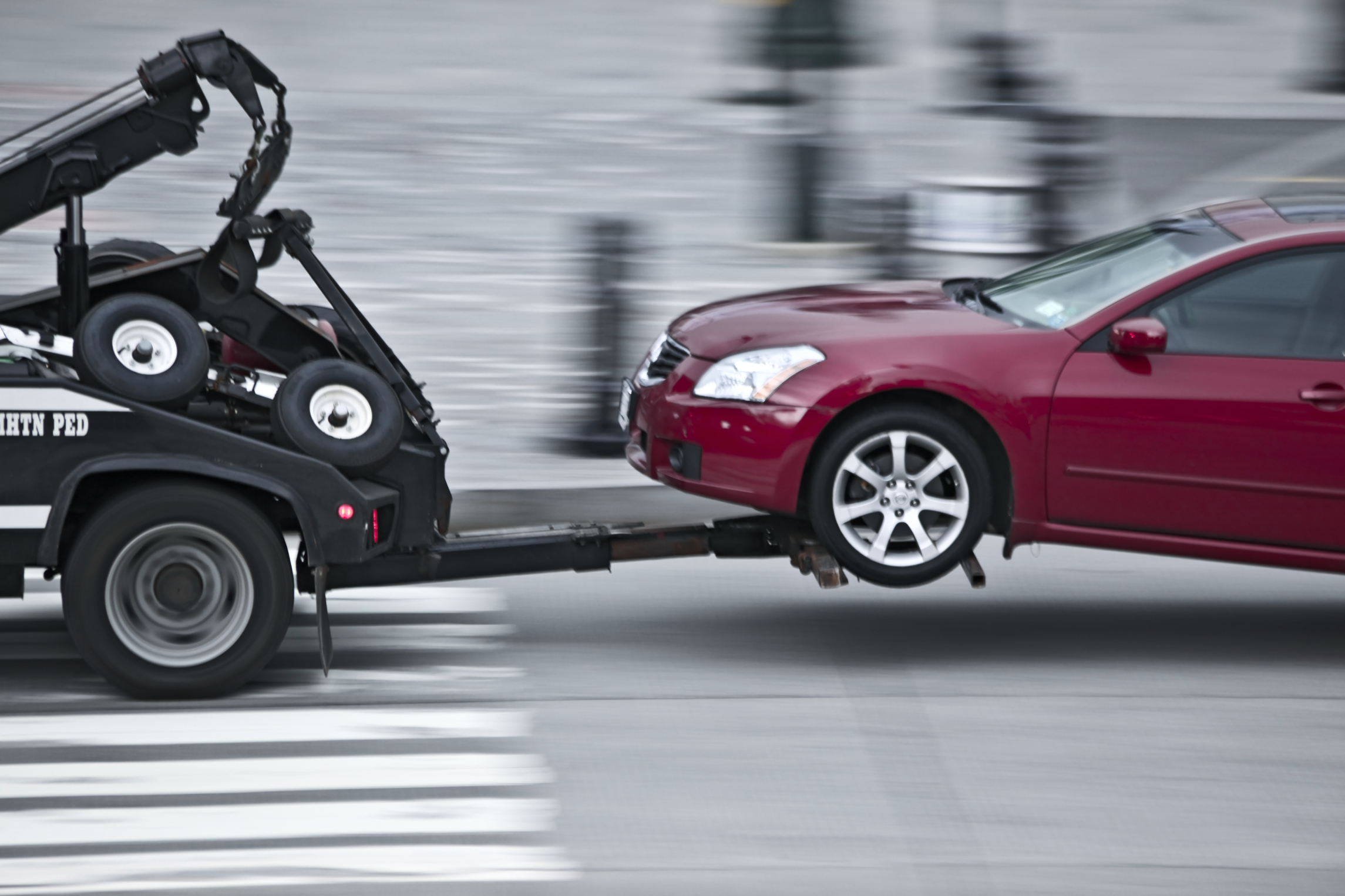Moving to a new home requires a healthy dose of planning, which includes finding a decent moving company that will be responsible with your goods, meticulously boxing and organizing, making travel arrangements for your family and lastly, figuring out how you’re going to transport your car. The last step is especially tricky for those who own multiple vehicles or simply prefer driving the moving truck themselves instead of relying on a moving company. Moving your car might be a tedious task, but it honestly doesn’t have to be, as long as you follow these five easy steps.
Transporting options
The two main options when it comes to moving your vehicle long-distance are towing and shipping. Towing is by far the simplest and most affordable option, especially if you plan on towing your vehicle behind the moving truck. This saves gas, but more importantly, allows spouses to drive in shifts in order to combat driver fatigue. There are two types of towing trailers you can choose, the auto-transport trailer which lifts the car off the ground, or tow dollies, which only lift the front tires. Which one you choose will depend largely on the weight and size of your car, as well as the weight-pulling specifications of your tow vehicle.
Prepare your vehicle for moving
Once you’ve decided on the type of trailer, it’s time to start preparing for the move. If you’re unsure of what it is you’re supposed to do with the trailer, then you might want to consult the owner’s manual or look for instructional videos online before you proceed. Once you’re ready, start by positioning the van, trailer and your car on level ground, in a straight line. Securely connect the towing equipment before driving your car up the ramps and make sure that the towing vehicle is in neutral and the drive shaft is lifted.
Drive slowly and carefully
Driving a car is one thing, but towing it is something completely different. First, you have to take the necessary precautions, including making sure that the driving lights are operational and if necessary, attach additional towing lights. Check the tire pressure, both on the tow truck and the vehicle being towed. Once on the road, it’s important to anticipate stops in advance and brake early, as the additional weight results in a longer stopping distance. Drive slowly and carefully, take much wider turns than you usually would and try to maintain a 4-5 second gap between you and the car in front of you.
Shipping options
Shipping is a fairly expensive option, especially when compared to towing. That said, shipping is excellent for situations where you don’t need the car immediately, don’t want to expose it to the elements or you’re moving overseas. Antique and otherwise exotic vehicles are oftentimes shipped using an enclosed trailer or a container but have in mind that this only adds to the overall cost. Have in mind that some companies require dropping off your car and picking it up at a specific terminal, but there are those who offer to pick up your car at your home.
Prepare your vehicle for shipping
Although the percentage of vehicles that end up damaged during shipping is considerably small, it’s important to minimize the associated risk and take the necessary time to prepare. Wash your car and inspect your car for any signs of pre-existing damage, make a written or a photographic record of any chip, dent or scratch and make sure that the transporter’s official records match your personal notes. Remove any personal items and custom products such as CD players, GPS systems, parking passes and toll tags. Check the tire pressure, fold back the side mirrors and remember to turn off the car alarm.
Those who end up towing their cars have to take the unloading procedure into consideration. Just like with loading, it’s important to check whether the trailer has remained securely attached and that the vehicles are on the level ground following a straight line. Extend the loading and unloading ramps on a firm ground and if you own a large vehicle, you might want to find a spotter to help you in case you do this at night or you’re maneuvering in tight spaces.


